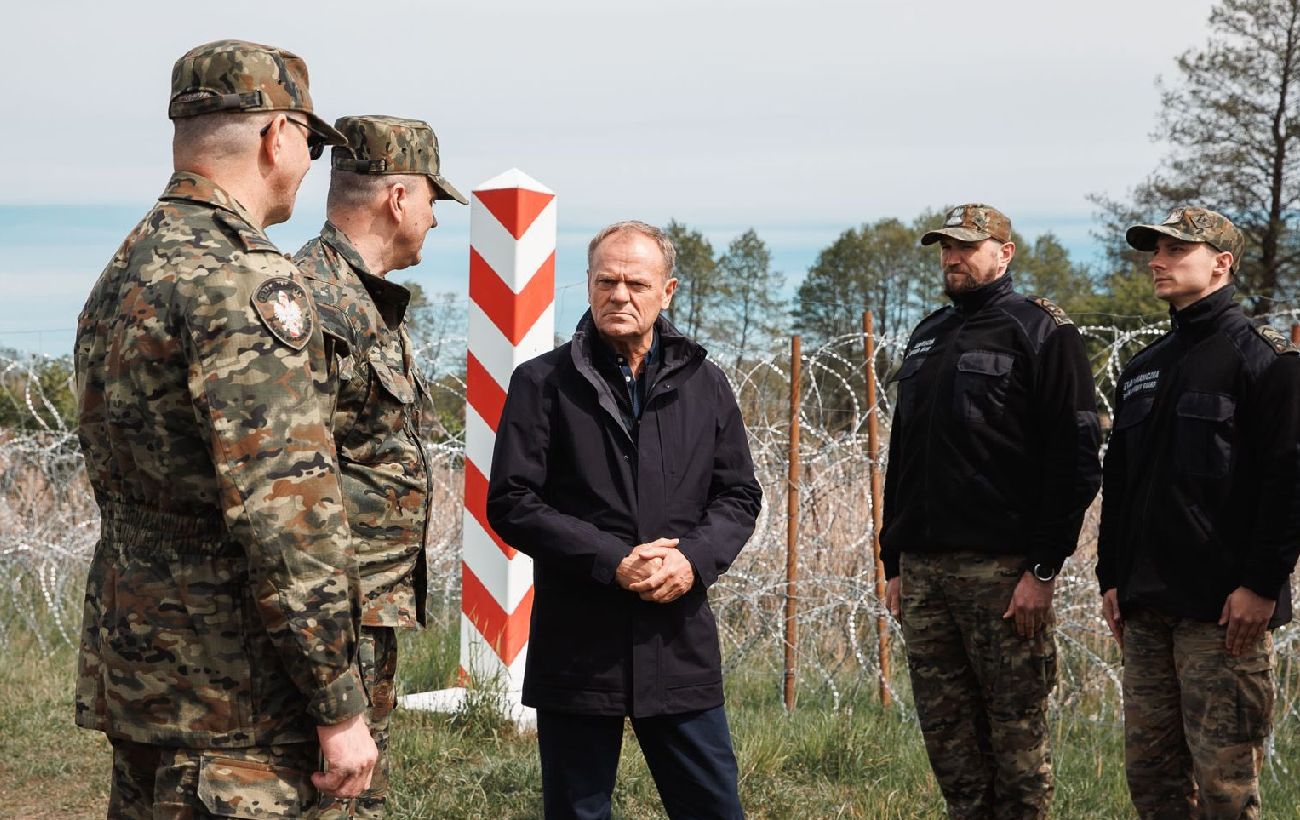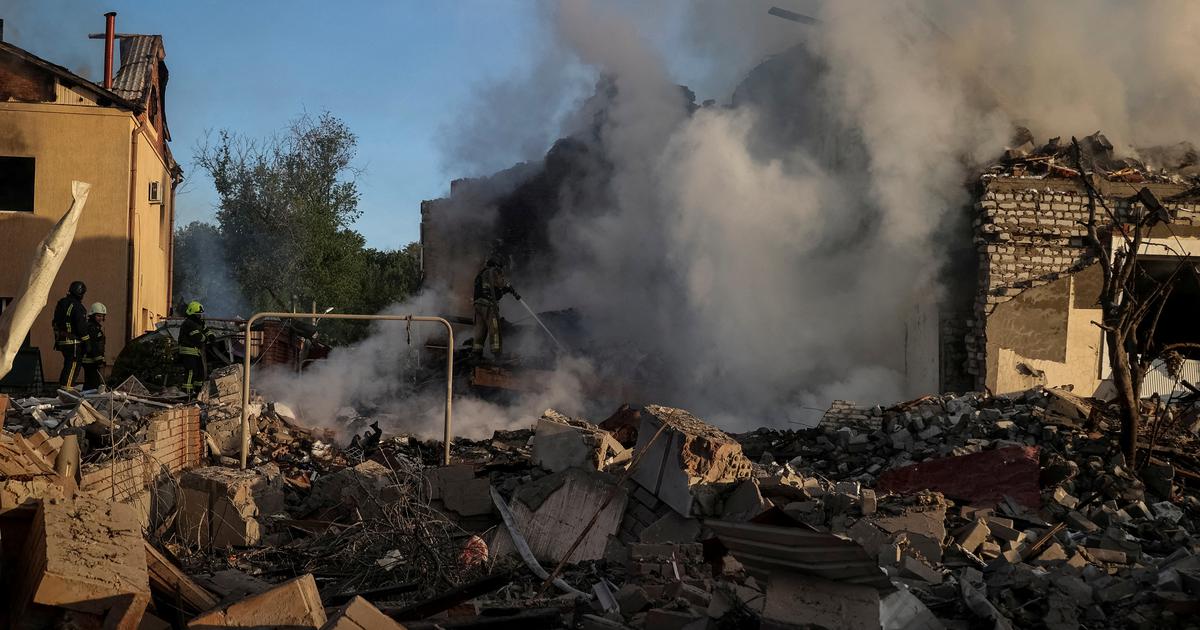Escalating Strikes on Energy Targets Mark an Intense Phase in the Ukraine-Russia Conflict
As the conflict between Ukraine and Russia intensifies, critical energy infrastructures become the focus of relentless missile and drone attacks.
Published April 28, 2024 - 00:04am

Image recovered from japantoday.com
Russian missile strikes and Ukrainian drone attacks on energy infrastructures have unleashed a new phase of intensified conflict between Ukraine and Russia. Recent developments demonstrate a strategic focus on energy targets, which are pivotal for the functioning and economy of both nations involved in this prolonged confrontation.
Throughout central and western Ukraine, power plants and electrical stations have sustained substantial damages due to Russian missile attacks, placing immense pressure on the already fragile Ukrainian energy grid. Despite the influx of U.S. military aid and breakthroughs such as the acquisition of the Patriot defense missile system, Ukraine's capacity to defend against these focused aerial assaults remains limited. Furthermore, the implications of these attacks reach beyond Ukraine's borders: critical facilities for EU gas supply, integral to agreements with Russia's Gazprom, have also been threatened.
In a significant retaliatory escalation, Ukraine has employed its drones to strike vital Russian oil refineries, notably in the Krasnodar region. These drone strikes, often carried out by the Ukrainian SBU security service, have caused fires and operational disruptions at the targeted facilities, including the Ilsky and Slavyansk oil refineries. As a result, some refineries have been forced to suspend their operations, as reported by Russia's state news agency TASS.
The rapid succession of these attacks has led to a dire state of energy infrastructure within Ukraine. Power outages and rolling blackouts have been introduced across several regions, and an overall 80% loss of thermal power generation has been reported. The looming expiry of the transit deal with Gazprom in December further complicates the energy predicament, with Ukraine stating it does not plan to extend the contract.
Amid the widespread destruction, there have been incidents of civilian harm and disruption of essential services. In the city of Kharkiv, a missile attack damaged a hospital and injured residents, exacerbating the humanitarian crisis. Ukrainian authorities have been working tirelessly to mitigate the interruptions in water supply and manage the fallout from damaged energy plants.
On a geopolitical scale, allies of Ukraine have extended support, with notable contributions from the United States and Australia. The U.S. has committed to purchasing $6 billion worth of new weapons for Ukraine, including the Patriot air defense system interceptors, while Australia announced a $100 million military aid package. These international efforts signal a solidified stance against Russian military aggression, as the West seeks to ensure Ukraine can uphold its defense and infrastructure amid the conflict.
As the war endures, the outcome remains uncertain. However, one aspect is clear – the targeting of energy infrastructures has become a central axis of the strategic operations conducted by both Russian and Ukrainian forces. This focus not only marks a shift in tactics related to the physical battlefield but also underscores the critical nature of maintaining energy resources and infrastructure during times of war.
The escalation of the conflict to attack energy infrastructures carries serious economic repercussions, not only for the countries directly involved but also for the global market. Energy prices are likely to surge as supply chains are disrupted and uncertainty around energy stability grows. Russia, a key global energy player, has already experienced a decrease in oil exports, which affects its economy significantly. As operations at key refineries slow or halt, the implications may ripple through countries dependent on Russian oil, exacerbating the energy crisis facing Europe since the beginning of the conflict.
Moreover, environmental concerns arise as these targeted attacks result in oil spills and fires, leading to extensive ecological damage. The assault on these infrastructures poses risks to the environment, including water contamination and air pollution, that could have long-lasting effects on the ecosystem of the affected areas and potentially on neighboring regions.
The humanitarian impact is equally alarming. The degradation of the energy infrastructure cripples heating, water, and sanitation systems, making life increasingly untenable for civilians, particularly as winter takes hold. Hospitals, schools, and shelters rely on uninterrupted power to operate, and the Ukrainian government faces a colossal challenge as it strives to provide basic services and protect its population from the harsh realities of war and the approaching cold.
International diplomatic efforts to end the hostilities have become more urgent, as the ramifications of a long-term conflict could destabilize the region and the energy markets further. Despite numerous rounds of negotiations and sanctions imposed on Russia by Western nations, peace talks have remained elusive, with both sides seemingly entrenched in their positions. The United Nations and various humanitarian organizations continue to call for an immediate ceasefire and unimpeded access to affected areas to deliver aid and repair vital infrastructure.
New strategies are also surfacing to reinforce Ukraine's resilience. The European Union has expedited discussions on how to further reduce dependence on Russian energy and diversify supply lines, with significant investments in renewable energy sources taking precedence. Additionally, some EU member states have been re-examining their own energy security, beefing up strategic reserves, and looking into alternative energy suppliers.
Meanwhile, Russia's strategic calculus also appears to be shifting, as it faces increased military aid to Ukraine from the West and sanctions from the international community. The capacity of the Russian military to continue prolonged campaigns against economic infrastructure without facing considerable economic decline is a question that looms large over the Kremlin.
As the world watches the unfolding crisis in Ukraine, the long-term outcomes of the conflict remain hard to predict. The destruction of energy infrastructure is undoubtedly reshaping the geopolitical landscape, forcing nations to consider the delicate interplay between national security, energy dependence, and the cost of war. It is a stark reminder of the vulnerability of modern societies to disruptions in energy supply and the extensive collateral damage that wars in the 21st century can inflict not only on combatants but on civilians and the environment as well.





